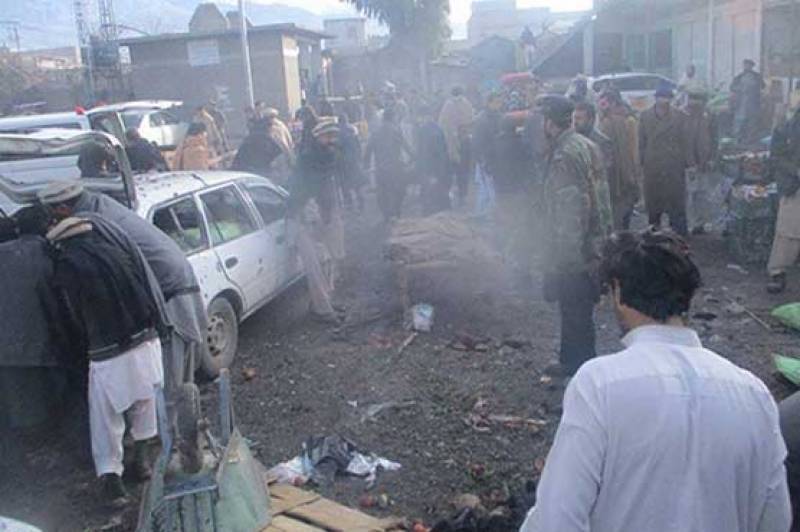The people of Parachinar have witnessed bloodshed, violence and persecution. The blast that killed 25 people and injured another 50 was not its deadliest yet. In its long and painful history, Parachinar was made the subject of vicious attacks in December 2015 when 25 people were killed and in July 2013, which killed over 50 people and injured 122 more. An area so scarred from the militancy, faces an acute shortage of adequate medical supplies, hospitals and trained medical staff, worsening the horror these people that have to deal with after the loss of their loved ones.
Students and youth hailing from Kurram Agency took to the streets and held a protest demonstration against the lack of medical facilities in Agency Headquarters Hospital, Parachinar where several of their friends lay injured from the January 21 blast. The federal government has been held responsible for the criminal neglect, as the hospitals lay vacant without proper medical facilities and trained staff to assist the only surgeon present to deal with the incoming victims. Medical facilities in the Federally Administered Tribal Areas (FATA) have been found consistently inadequate and it is clear that funding has not reached the few hospitals in the area.
The local people had demonstrated against the lack of facilities in the Kurram Headquarters Hospital in June 2016 as well. A team visiting the facility had confirmed a shortage of medical staff, as well as the fact that lifesaving equipment like incubator machines were lying non-functional due to lack of electricity.
While it can be conceded to the government and security agencies that violent attacks are hard to predict and deter, what cannot be forgiven is the lack of facilities in these crisis wracked areas to help those who have suffered. Many lives could have been saved if the government had prioritised the safety and well-being of the people of Kurram Agency, not by just military operations, but by welfare programs and facilities.






